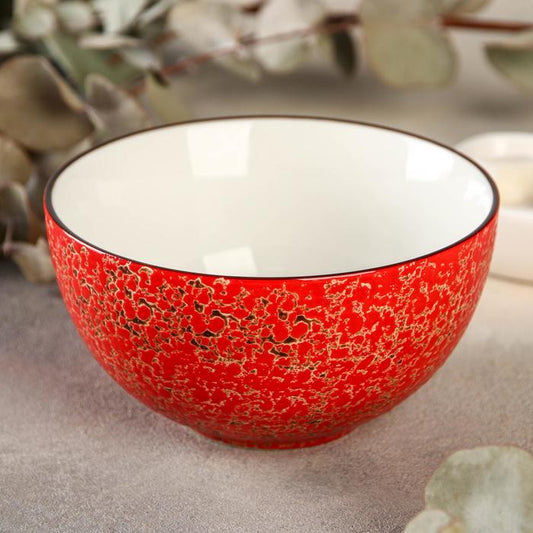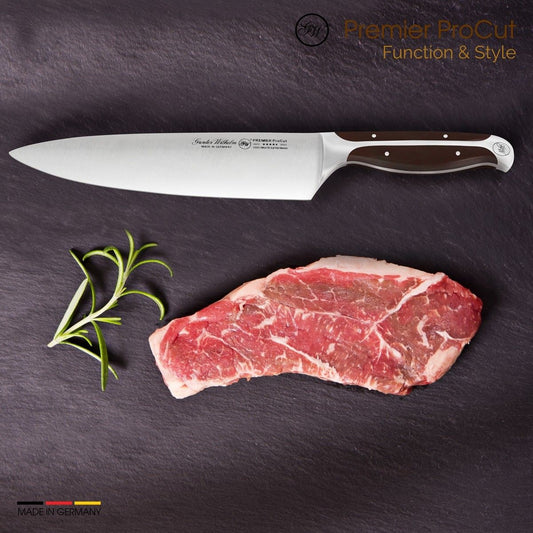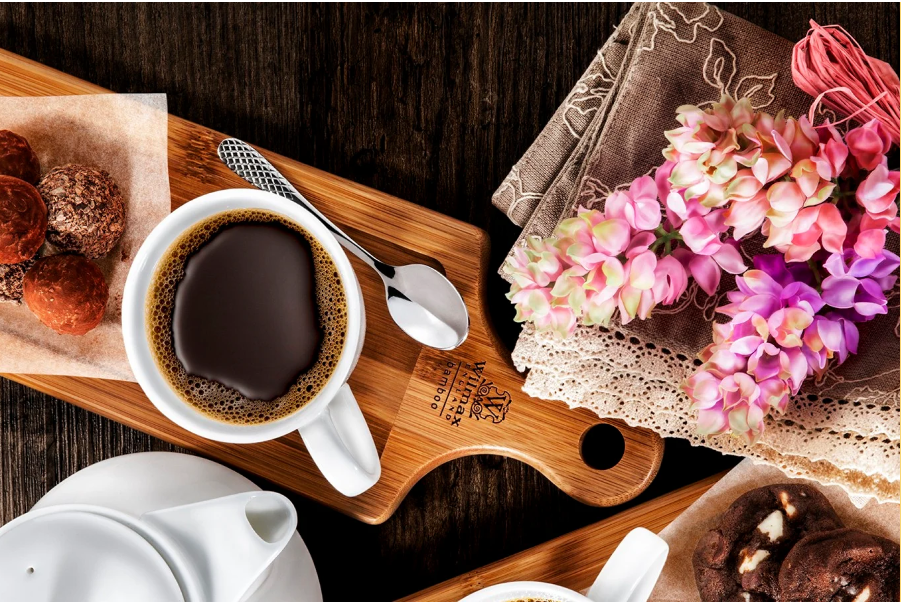Nordic Fire: How Scandinavian Grilling & Smoking Are Inspiring Menus

Nordic Fire: How Scandinavian Grilling & Smoking Are Inspiring Menus
From open-fire cooking to foraged accompaniments redefining global dining.
A quiet culinary revolution is burning across restaurant kitchens — one that replaces molecular gastronomy with wood, flame, and nature. The Nordic approach to grilling and smoking has captivated chefs worldwide, turning Scandinavian fire traditions into the latest global fine dining trend. This is cooking stripped to its essence: smoke, patience, and respect for the ingredient.
Originating in the rugged landscapes of Norway, Denmark, and Sweden, Nordic grilling began not as a trend but as a survival craft. Centuries ago, communities cooked with what nature offered — birch wood, juniper branches, and wild herbs gathered from icy forests. Today, those same methods are finding new life in high-end restaurants, where chefs celebrate the primitive elegance of fire. The result? Dishes that feel ancient, authentic, and deeply rooted in place.
In modern Nordic cuisine, grilling is not just a cooking technique — it’s a philosophy. Ingredients are treated with restraint and reverence. Meats are gently smoked over low heat until tender, vegetables are roasted to caramelized perfection, and the smoke itself becomes an ingredient, infusing layers of complexity that no spice could replicate. Even desserts are joining the movement — with smoked cream, ember-baked apples, and toasted rye ice cream appearing on menus from Copenhagen to California.
The movement’s appeal lies in its connection to nature and sustainability. Chefs pair their fire-cooked creations with foraged accompaniments — pine needles, lingonberries, wild garlic, and edible moss — creating flavor profiles that are as wild as the Nordic landscape itself. Diners aren’t just tasting food; they’re tasting the forest, the coastline, the mountain air.
Around the world, restaurants are translating these ideas into their own languages. In New York, chefs are building smoke chambers inside city kitchens. In Tokyo, Nordic-inspired izakayas blend Scandinavian fire with Japanese precision. Even home cooks are embracing the look and feel, using simple fire pits and smoking kits to recreate that rustic, glowing warmth.
Beyond flavor, the visual and emotional impact of this style has also transformed how food is presented. Charred aesthetics — blackened edges, burnt butter sauces, and wood-fired plates — are now staples in food photography and social media. The element of fire adds drama, storytelling, and sensuality — all key ingredients in modern dining.
“Nordic fire cooking is about humility,” says one Copenhagen chef. “You let the flame decide, not the clock. You taste the wood, the smoke, the season.” This spirit of patience and imperfection contrasts beautifully with the precision of modern kitchens — and perhaps that’s exactly why it resonates today.
As diners search for connection and authenticity, the Nordic way of cooking — elemental, smoky, and soulful — offers a return to something timeless: the warmth of a meal born from the fire itself.
Share:





